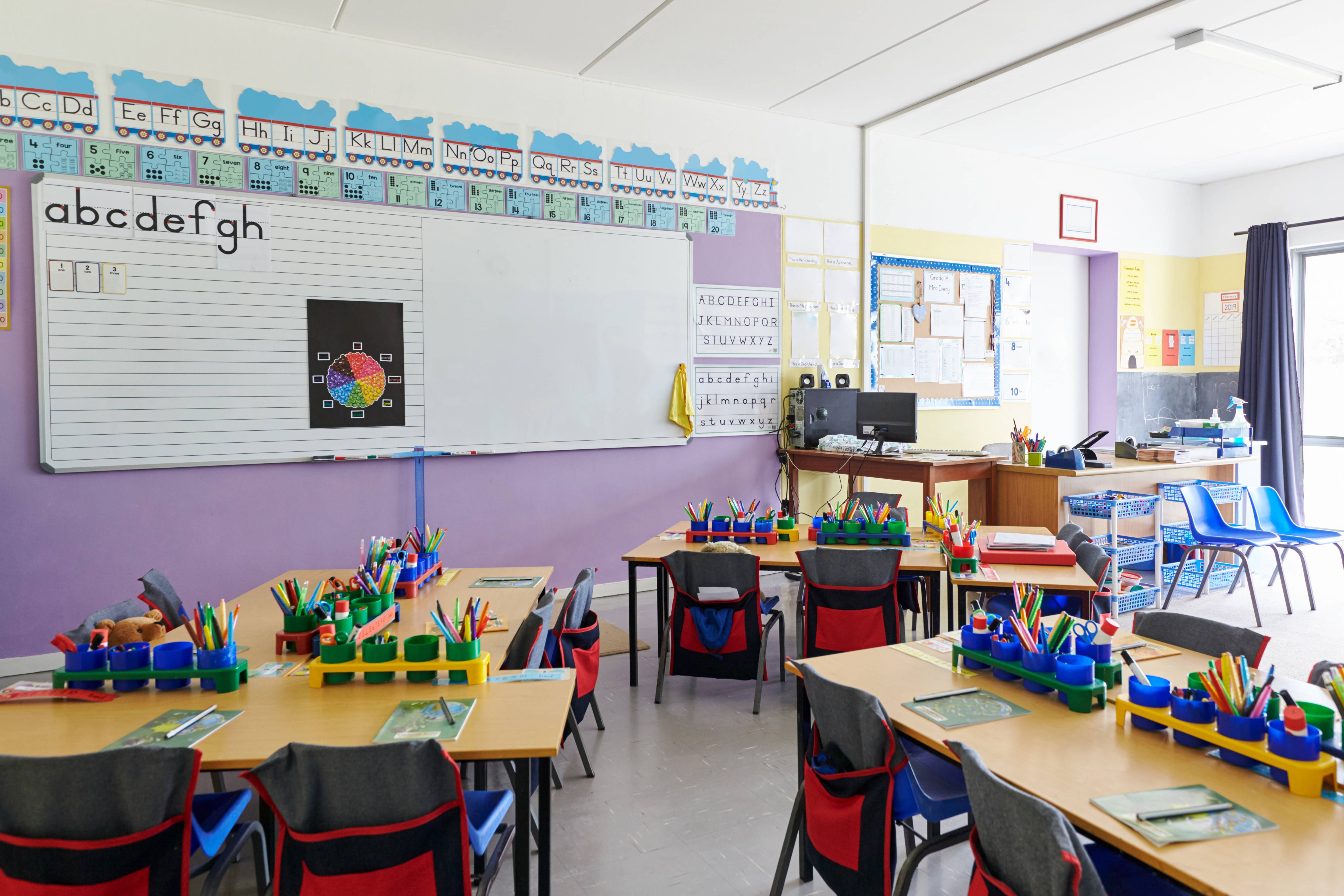Preparing for school inspections
The 'how good is our school?' (HGIOS) framework that Education Scotland uses to inspect schools includes mental health and wellbeing as a focus.

Education Scotland is responsible for inspecting all schools and early learning and childcare (ELC) establishments in Scotland. Education Scotland does not work on an inspection cycle, inspecting all schools every few years. Instead, it uses a sampling model, inspecting around 250 schools and ELCs each year.
The framework that Education Scotland uses to assess schools is called How good is our school? (HGIOS), which is now on its fourth edition. The framework is structured around quality indicators which schools can use to support their ongoing self-evaluation.

 Author
Author

 Author
Author

 Author
Author

 Author
Author